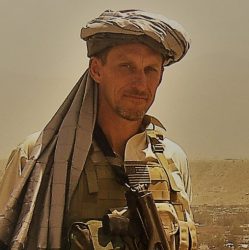The New York Times Introduces Agitprop as History just in time for Memorial Day
Last week New York Times foreign correspondent Matthieu Aikins released a two part series that examined the career of Afghan Lieutenant General Abdul Raziq. The Times spent over a year tracking down hundreds of Afghans who had family members “disappeared under Raziq, the police chief responsible for security across Kandahar Province”. Aikins interviewed only one of the eighteen four star generals who commanded in Afghanistan, Marine General John R. Allen who commanded from 2011 – 2013 and claimed; “it was a mistake to “keep a really bad criminal because he was helpful in fighting worse criminals”.
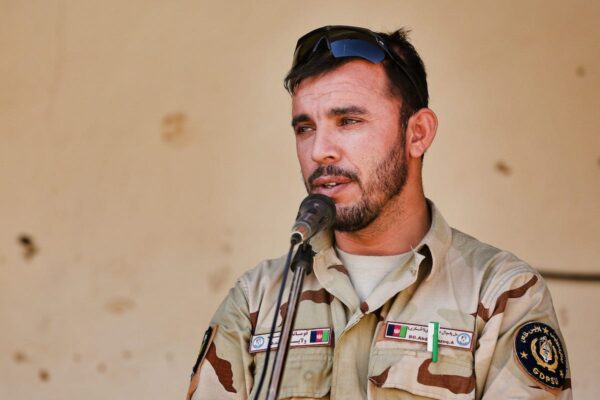
I corresponded with Mattieu Aikins when he arrived in Afghanistan in 09, and I respect and admire his work because he is one of the few Americans who knew the country better than I do. I worked for John Allen when he oversaw the infantry officer course, so I know him well, and respect him immensely. As the three star deputy commandeer of CENTCOM General Allen played a pivotal role in sheltering me from fallout from a New York Times series of hit pieces on the Eclipse Group. I am not happy to find myself harshly criticizing men I honestly admire but these two articles: How the U.S. Backed Kidnapping, Torture and Murder in Afghanistan and Who was Abdul Raziq? are so ridiculously wrong that I am mystified. Nobody who cares about honest reporting believes the New York Times but what was it trying to accomplish with articles pinning our many and manifest failures in Afghanistan on the back of one man?

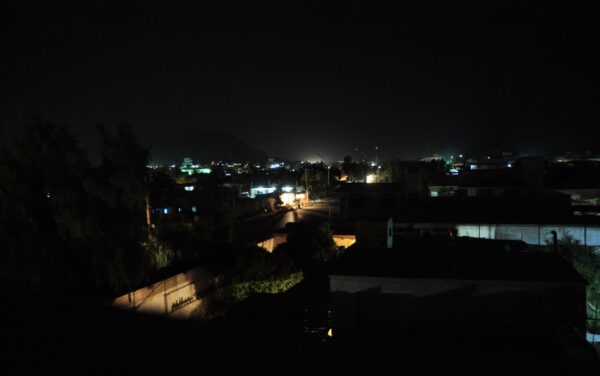
The articles claim Raziq was behind the disappearances of thousands of Afghans in and around Kandahar while he was the police chief, and before that when he headed the Border Police in Spin Boldak on the border with Pakistan. There is only one sentence aboutTaliban war crimes: “The Taliban committed countless atrocities of their own against civilians, including suicide attacks, assassinations and kidnappings for ransom.” which directly contradicts this earlier sentence “What is clear, however, is who was responsible: Only the American-backed government consistently engaged in forced disappearances in Kandahar, former officials, combatants, and families of the victims said”.
Let’s start with the obvious; people routinely disappeared in Taliban IED and VBIED attacks. Afghans do not the ability to forensically identify every charred lump of meat found inside the blast radius of a large explosive attack and accurate reports of who was near the explosion from eye witnesses are always unreliable. Not every kidnapping victim of the Taliban was released, especially if the ransom was unpaid, everybody knows this. But that’s not the point, both Matthieu Aikins and General Allen (but not you unless you’re a former Intel weenie) know about other organizations like the Destagiri Group, who were guilty of ‘disappearing’ people and they were mostly government-connected Noorzai. Raziq was from the Achakzai tribe; the Noorzai and Achakzai are the Hatfields and McCoys of Kandahar and have been fighting for generations.
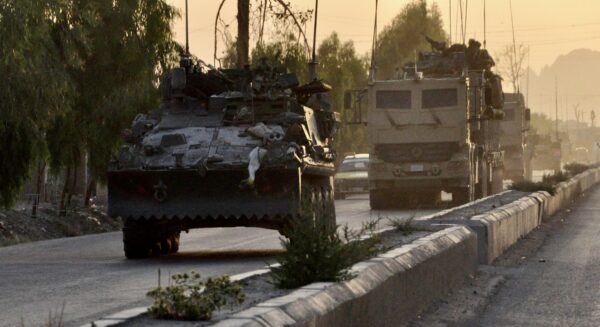
Off the top of my head I could think of dozens of documentaries depicting Afghan security forces in other provinces kidnapping civilians and holding them in horrendous conditions. This one, This is What Winning Looks Like from Vice media shows a patrol of Marines at an Afghan National Police checkpoint holding illegal prisoners training the Afghans on how to use toilet paper (I’m not making this up) while the head cop threatens to shoot the Marines is they try to free his prisoners. The Times contends “The culture of lawlessness and impunity he (Raziq) created flew in the face of endless promises by American presidents, generals and ambassadors to uphold human rights and build a better Afghanistan. And it helps explain why the United States lost the war ‘. But Raziq did not create that culture, it was organic to Afghanistan, it was the war lord culture that we solidified with Special Forces teams in 2001.
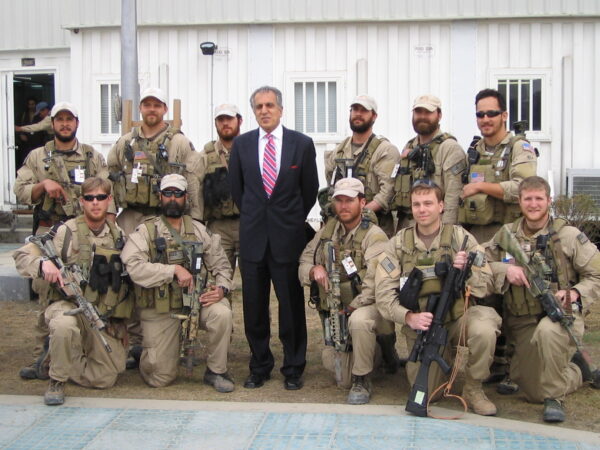
The Times is correct that the more Afghans were exposed to the incompetent, bribe demanding, thugs from the Karzai government the more they hated America for inflicting that loser on them. This had nothing to do with Raziq and everything to do with President Karzai and American Ambassador Zalmay Khalizad the man responsible for inflicting Karzai on the Afghans as well as saddling them with the Single Non-Transferable Vote (SNTV) electoral system that guarantees corruption and fragmented political parties. It was Mattieu Aikins who broke the story about Khalizad’s behind-the-scene machinations for the SNTV system and it was he who explained its significance. So why is he now focused on Raziq? I have a theory.
If Afghanistan had produced 20 more Afghan patriots like Abdul Raziq Achakzai there would be no Taliban today. He was the most effective counter insurgent fighter since Ahmad Shah Massoud. General Allen might have thought him a criminal but he, with a little help from his American friends, locked down Kandahar during Obama’s troop surge and that saved an unknown but significant number of American lives. For that reason alone he deserves a little respect especially from our senior military leaders but instead they sully his name in the name of their peculiar interpretation of honor.
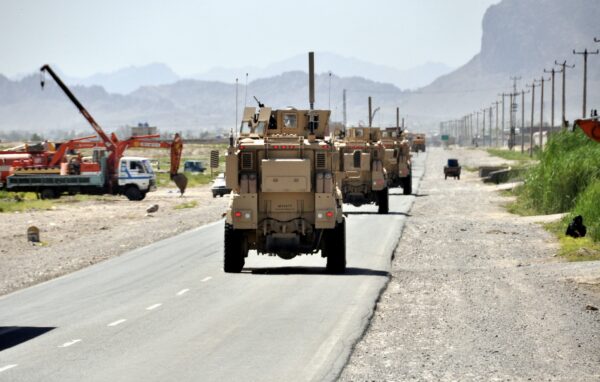
There was a time when America produced military leaders who understood the purpose of war was to win. Winning requires the total defeat of your enemy which requires killing enough of them that you break their will to fight. You know when your effective at this when you are sitting in the heartland of your enemy, safe and sound, while every province around you explodes in violence as the Taliban sortie out to meet the American invaders. Raziq accomplished that at a time when most Afghans hated the government in Kabul and the Americans who were propping it up. That was a remarkable achievement.
Abdul Raziq was obviously an accomplished killer and that made some of our senior generals uncomfortable. Our military commanders believe that the process they use to nominate and prosecute targets immunizes them against repercussions when they target and kill innocent women and children. Here’s a footnote from the upcoming best seller Free Ranging Afghanistan that highlights the downside of drone warfare.
“The first targeted assassination in Afghanistan by ISAF was on 31 October 2003 using a B-1 bomber and AC 130 gunship to attack a cluster of buildings on the side of the Waygil valley in Kunar province known as Aranas. The CIA was certain the compounds contained Taliban leader Gulbuddin Hekmatyar, but it was the home of a wealthy clan headed by Zabiullah Rabbani. The number of women and children killed in this attack is unknown. The last targeted assassination was the drone strike in Kabul during the cut and run NEO that killed an NGO worker and his family. The Chairman of the Joint Chiefs of Staff General Mark Miley swore it was a “righteous strike” that killed an ISIS suicide bomber adding that the military had followed the same iron tight process they always used when targeting bad Afghans. That might be the only true statement made by that obese incompetent during our chaotic abandonment of Afghanistan”.
For the record nobody ever accused Abdul Raziq of killing women or children. We killed plenty as did the Taliban, but Raziq used dirt naps as a tool while successfully exercising armed governance over a hostile population in the midst of a Civil War. There is a logic to the violence in Civil Wars; indiscriminate violence, like collateral damage from drone strikes, is counterproductive, but targeted violence against individuals can be very productive as Raziq proved in Kandahar. Mattieu Aikins does an excellent job explaining exactly how that worked in Panjai district in his second article and it was there I found the article linked above on the logic of violence. Aikins is a phenomenally good foreign correspondent who always has great links in his articles so why he’s declared a jihad on Raziq is a mystery.
Memorial Day is the perfect day to reflect on the cost of our 20 year long beef with Afghanistan. There would be dozens if not hundreds more soldiers interned in our national cemeteries had it not been for the effectiveness of one ( some would say ruthless, others motivated) Afghan in his fight against the Taliban. He deserves our thanks, not a New York Times hit piece.

